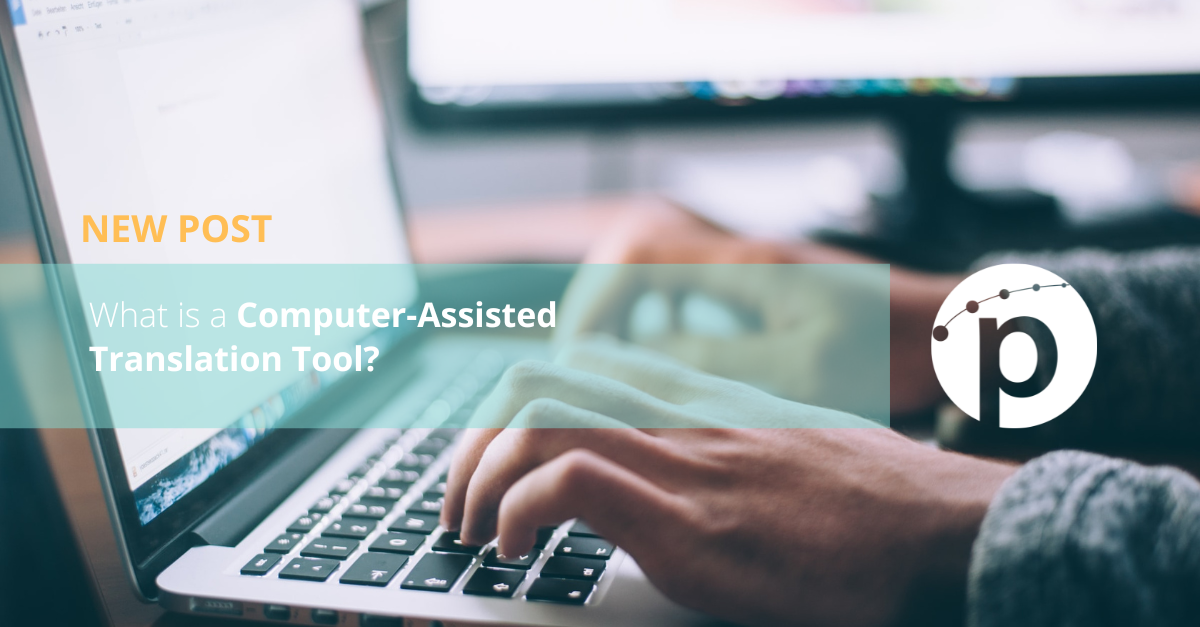Professional translators use a tool to store and recall their work when they provide a translation service. In principle, these tools (called CAT for short) work as a kind of database. A human translator is provided a sentence and as this sentence is translated and approved, the corresponding target sentence is stored as an equivalent of the original. The next time the translator is asked to provide a similar sentence, the tool will suggest the nearest equivalent, thus resulting in faster translations.
Let’s take as an example:
“The cat is fat” and “The cat is black”.
These two sentences are 75% similar (the only difference being “fat” for “black”). If our database knows how to translate “The cat is fat”, it will suggest such a translation so that the human translator must only change “fat” for “black”.
Why would a professional translator or a translation company use a CAT tool?
Simple answer: When the translator uses a CAT tool, they become a more efficient and faster translator. They can build their own terminology lists for specific fields, refer to different databases and terminology, and recycle previously translated material. For companies publishing similar content, a Computer Assisted Translation Tool is a basic tool for running their business and offering reliable translations time after time.
Imagine evolving software versions, electronics, machinery, vehicles, even some drugs and medicines which are released with different versions and improvements year after year. A large percentage of their support documentation is identical and can be recycled. Parts of their online content, collateral literature such as brochures and catalogs, technical documentation is not new.
Those companies save time and money by using the services of a translation company with CAT tools to help them organize their previously translated material.
What is the magic behind it? How does the tool achieve this?
- A CAT tool breaks down the text to be translated to into segments (generally sentences, but also paragraphs or single words). It presents the segments in a convenient way, making translation easier and faster.
- The translation of each segment is saved together with the original text. Both the original text and the translation will be stored in the database system, treated and presented to the translator as a Translation Unit (TU). You can return to a segment at any time to check the translation.
Each tool has different features and comes with a variety of other functions, from adding terminology lists to more specialist functions which help to block previously translated texts (so the client does not have to pay again for translating the same texts, just for the management and use) and also quality control features to ensure consistent terminology usage over time. - A very useful function of a CAT tool is the automatic look-up in terminology databases, and the automatic display and insertion of the search results.
- Thus, the main function of a Computer Assisted Translation Tool is to save the translation units in a database, called Translation Memory (TM). The translation units can be re-used for any other text, or even within the same text. However, sometimes formatting affects Translation Unit recall, as these tools treat words and tags as information happening within a sentence.
Therefore, going back to our example “The cat is fat” now contains 6 words compared to 4 “The cat is black”, as the word fat is now tagged as starting and finishing with bold. This is the explanation to the problem that puzzles translation buyers when they see identical texts but in different programs and formats (InDesign, Word, QuarkXpress, FrameMaker, etc).
The Computer Assisted Translation Tool may suddenly say that 25% of the text or more is “new”, despite it being identical to the human eye, as it contains identical words. The translator's work in these cases is to reconstruct the text with the new tags. - These partial matches are called fuzzies. A “fuzzy” is a segment that is identified as similar to an other sentence and that the search functions of the CAT tool show to the translator for human editing. This “fuzzy logic” saves a lot of time and effort and helps to form a coherent and consistent translation.
Pangeanic uses a variety of tools according to its clients’ translation service requirements. Some tools are better designed for technical document translation management, others for software localization.
We will ensure consistent translations document after document, and across platforms. Let us help you with your multilingual publishing needs and save you time and money to reach your clients and goals faster.



